|
There are three components to a well rounded warm up that every athlete should be doing. They include self myofasical release, prehab & activation work and movement prep. These components prepare the athlete to have a more efficient and productive training session.
Self myofasical release takes place in the first five minutes of the training session where the athlete uses a foam roller to work on improving their tissue quality. A number of rolls can be performed over each area of the body; usually eight to ten will suffice. This is the time to break up adhesions or knots in the tissue and transport nutrients to the area for repair and growth. This also prepares the muscles for the next step in the warm up. Prehab & activation work is what we like to call our developmental part of the warm up. It is when the athlete is developing their mobility and stability. Each athlete has their own unique set of strengths and weaknesses; this is the time to work on those weaknesses. The limitations that are holding an athlete back need to be addressed and turned into their strengths. Hip mobility and core stability are two areas of our developmental process that are usually addressed most frequently. These are areas that athletes tend to have the most difficulty mastering, but are extremely important to their success. Proper hip mobility enables the athlete to be in a stance that is most suitable to playing sport and having stability throughout the core gives the athlete the ability to transfer force through their lower body to their upper extremities. The final part of the warm up is the movement prep section which focuses on preparing the athlete to perform the exercises that are part of their training program for that training session. This involves going through body weight movements that are performed dynamically. This includes squatting, lunging, pushing, pulling, skipping and bounding. The athlete is now primed to execute the training session to the best of their ability. A proper warm up takes about 20-25 minutes to complete and is a key to reducing injuries, moving efficiently and having a great training session. Takes the time to prepare your athletes for the training session ahead with a proper warm up and you will see your athletes moving and feeling better, and yeah, they will be stronger and faster too!
0 Comments
Every athlete wants to throw the ball farther and faster than they did the day before. Baseball pitchers want to see the radar gun go up and quarterbacks want the yardage of their passes to climb. It is a goal of all baseball pitchers and quarterbacks out there. The problem is that getting a “stronger arm” as most of them think is the solution is neither going to help the athlete throw the ball farther or faster. Let me explain, as I am sure most of you find that statement slightly confusing. Throwing athletes need both the right amount of stability and mobility at certain joints to complete the task of throwing. They also need a stable core that is able to transfer a great amount of force that has been developed from a sufficient amount of strength and power training modalities. Those attributes will give throwing athletes this “stronger arm” we are referring to.
When developing throwing mechanics the whole body must be considered. Two key attributes that I want to focus in on are the ability of the shoulders to be stable and the thoracic spine and hip region to be mobile. If both of these areas have the right amount of mobility and stability then the core will have the ability to transfer a greater amount of force from the ground through the release point. We also need the ability to disassociate our hips from our shoulders. It is with this rotation that we are able to create greater amounts of power. All of this is for naught though if we do not develop the strength and power necessary to increase our velocity. The performance training program is extremely important when trying to add speed and distance to your throws. Lower body double and single leg exercises that encompass both strength and power have to be a staple of this training program. Focus on adding the proper amounts of mobility and stability along with increases in strength and power to get that “stronger arm” you are searching for. The results will speak for themselves. There are so many great exercises, that I’m sure all of you are incorporating into your training program, but I thought today I would mention a few that might not be on everyone’s radar. I’m a big proponent of compound, multi-joint movements for numerous reasons that we won’t get into now. But with that being said here are five exercises that everyone should give a try, with proper coaching of course. 1. Single Arm DB Hang Snatch This is a great beginner exercise that develops power, strength and speed. Start in an athletic position (good hip hinge, stable core and shoulders back). From there you should drive your hips forward and explode through the floor. Make sure to get a powerful shrug, while maintaining a locked elbow (once the elbow bends, the power ends). To finish the exercise you might want to think about punching the db straight up. Once the db is overhead the shoulder should be packed and the elbow locked. 2. Reverse Lunge w/ SLDL Combo Here is a great single leg exercise. You get more bang for your buck from doing this combination of the reverse lunge and single leg deadlift. Start by taking a step back and dropping your knee almost to floor level. Keep your torso upright and eyes focused straight ahead. Return to the standing position and then perform a single leg deadlift on the other leg by pushing your hips back, keeping a stable core and having the shoulders remain back. Come back to the standing position and repeat on the opposite leg. 3. Inverted Row The invention of the TRX has made this one a popular exercise among professionals in the field, but as we know most others are not including as many pulling movements in their training as they should. Begin by taking the handles and walking it in to a point that will be challenging. To start extend the arms while keeping the body in position and stable. Pull yourself up to the handles; once the handles reach your sides begin to lower yourself under control back to the starting position. 4. Single Arm Landmine Press I guarantee almost no one is doing this exercise. It is a simple movement to learn that will development upper body strength and core stability. In a slightly athletic stance hold the end on a barbell in one hand and push it up. Return the barbell to the side of your shoulder under a controlled manner and repeat. 5. Plank Transfer This is an advanced plank movement that should not be attempted before mastering the previous progressions. Start in a plank position with a db to the side of one shoulder. Without moving your hip and shoulder level reach out and bring the db underneath your chest. Take the db with the opposite hand and bring it to the outside of the other shoulder. Repeat that process back to where the db started. That is one rep! There you have it, five exercises that are worth giving a try.
|
Archives
July 2024
Categories
All
|
Proudly powered by Weebly

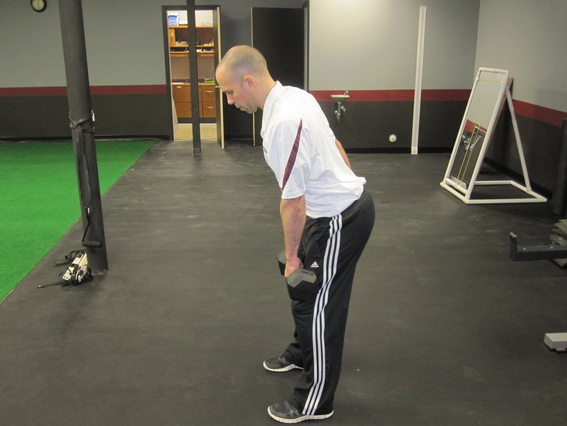
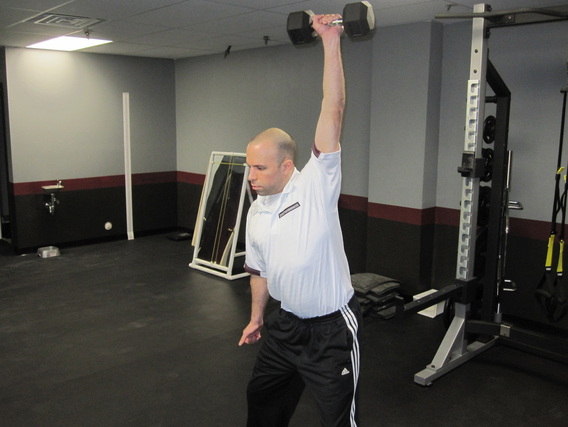
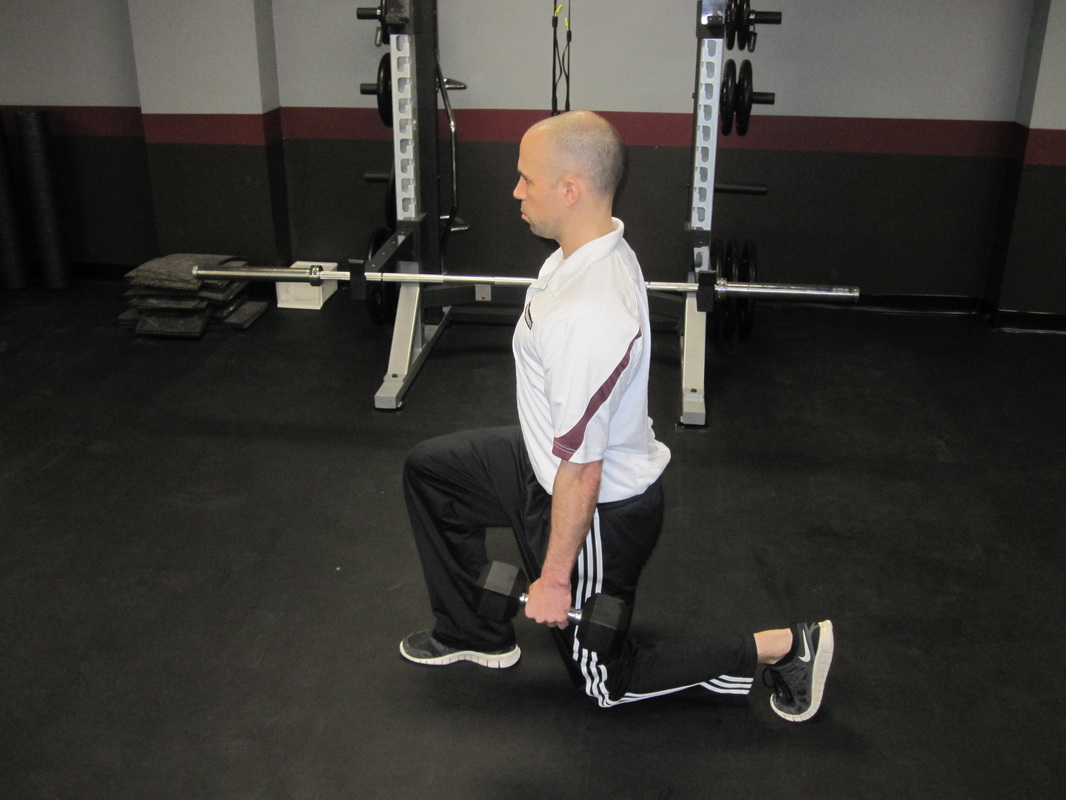



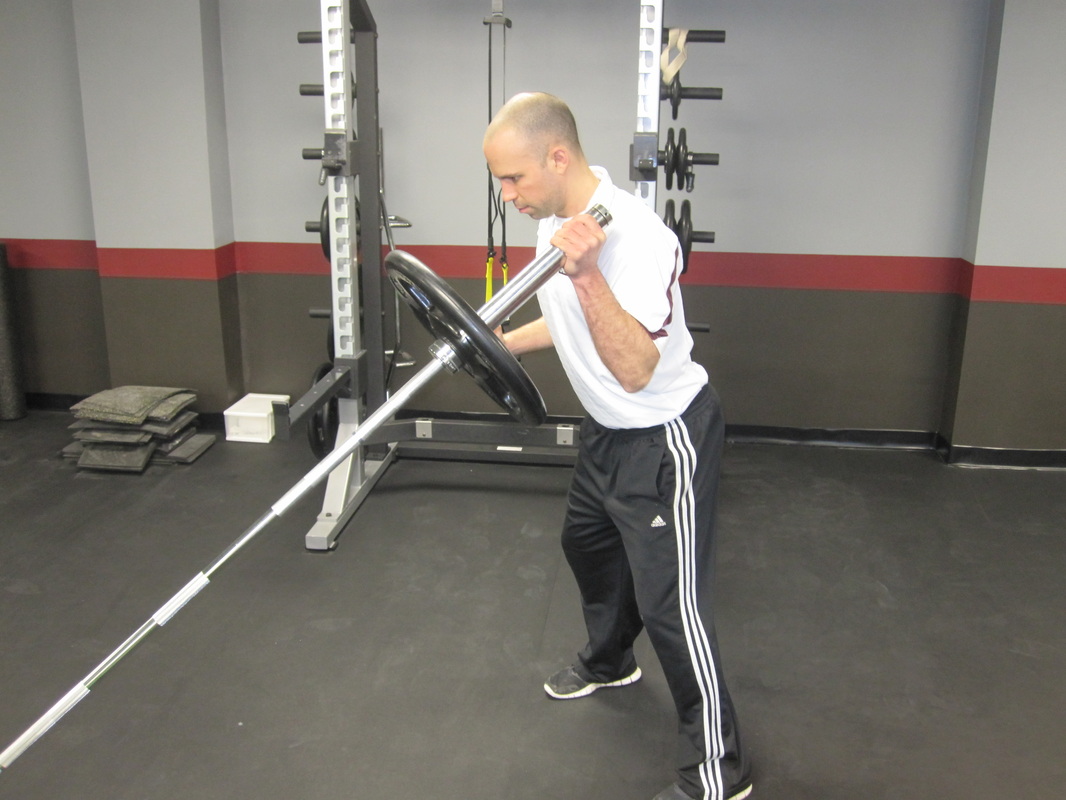
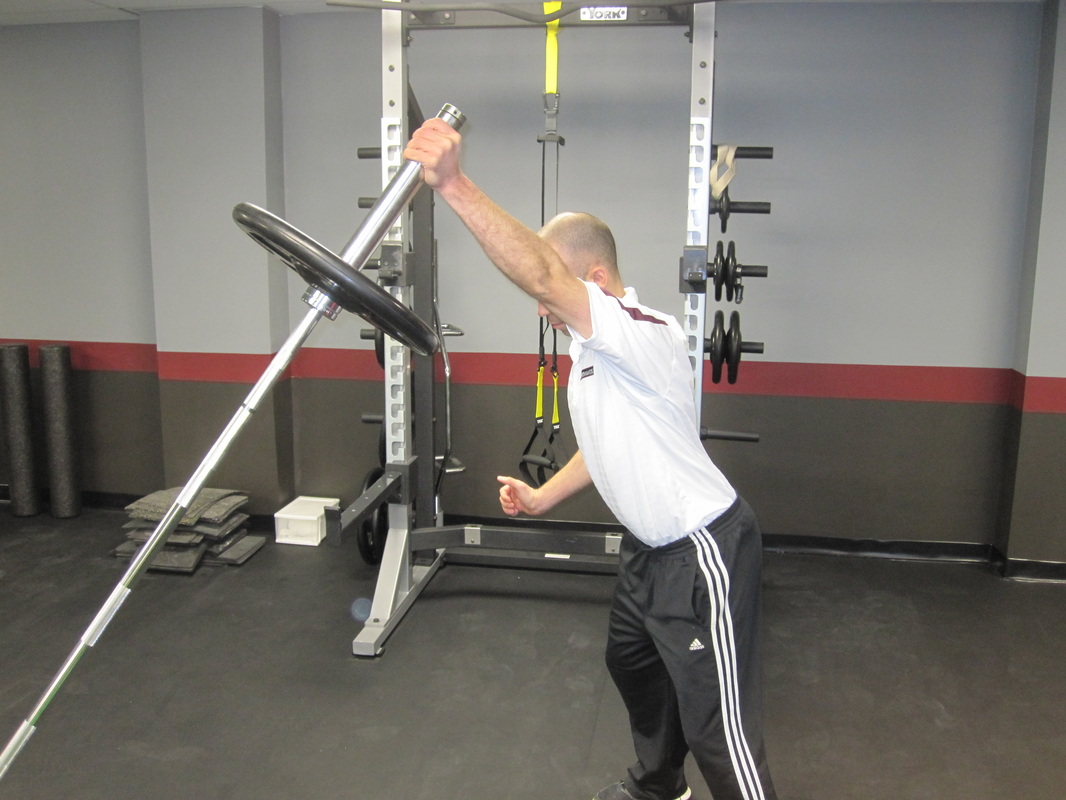
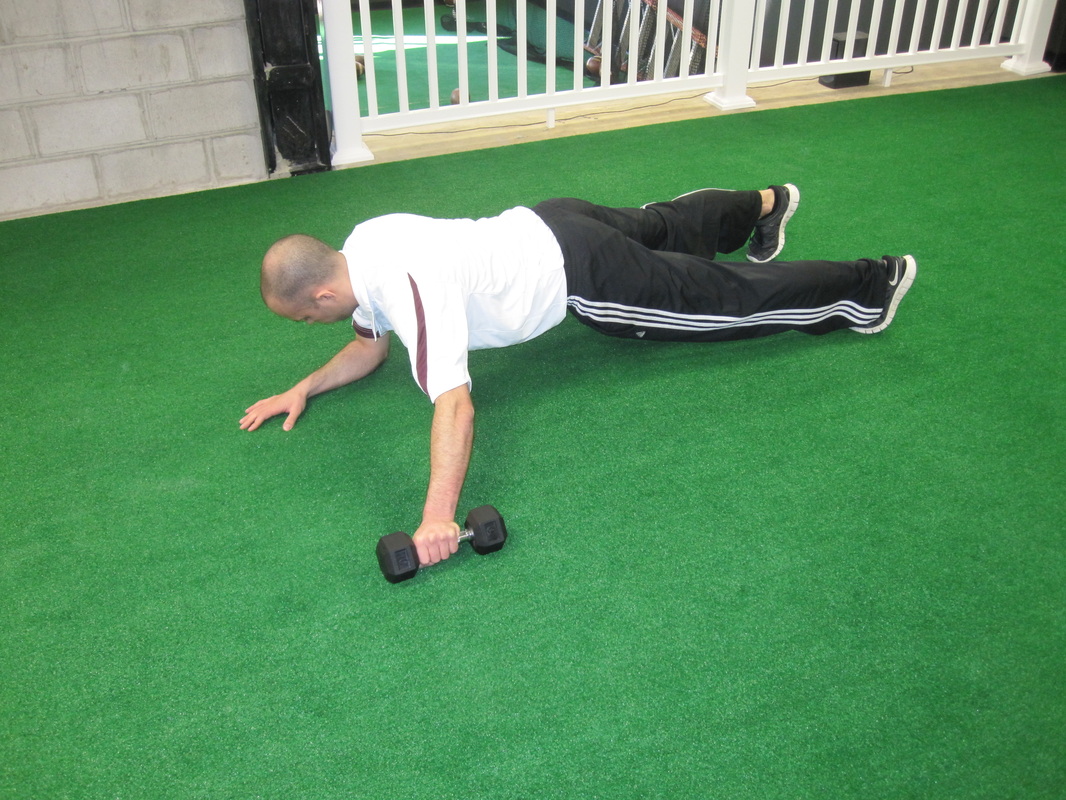
 RSS Feed
RSS Feed